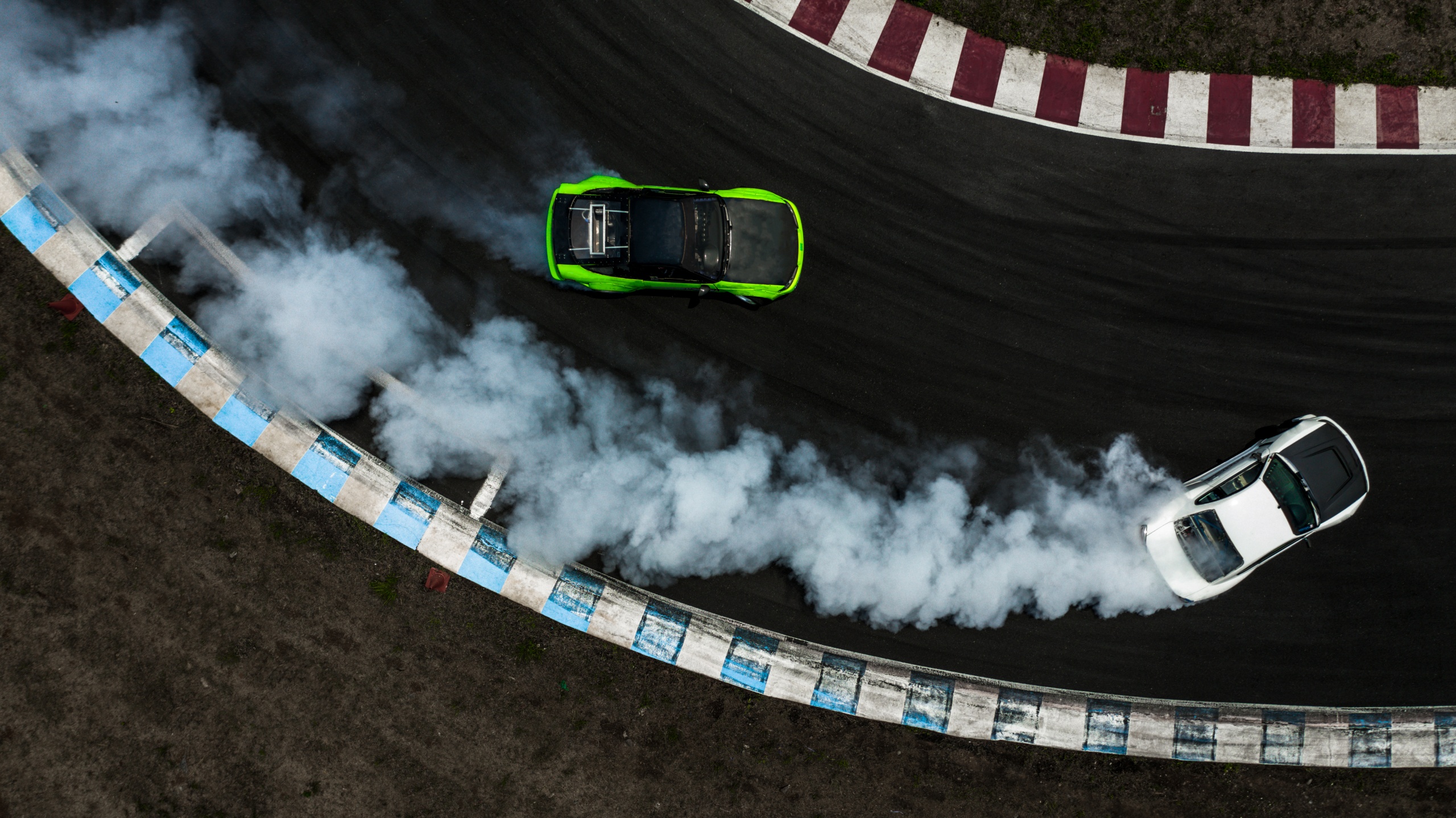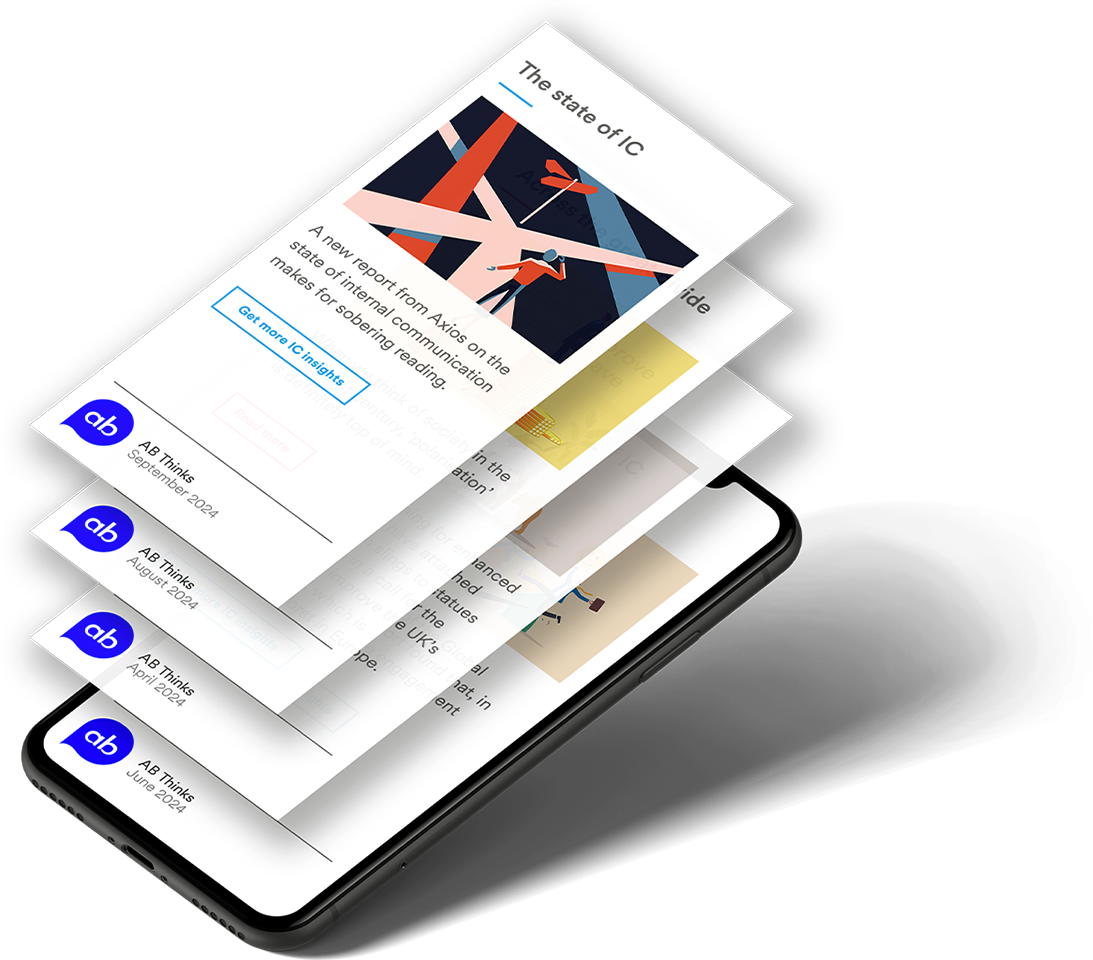When we think of artificial intelligence (AI), at one point it conjured up images of robotic humans that could jump over houses while changing colour – at least it did for me. Yet, it turns out the movies were wrong; AI simply looks to digitally replicate human intelligence in machines. We see AI at work in everything, from self-driving cars that know when to brake to personalised social media feeds that know what entertains us most.
You might think only tech giants like Apple or Google are interested in this technology, but AI is improving lots of aspects of our day-to-day lives. In this blog, I explore how AI is changing the creative world for the better.
Progress in representation
Search engines are tools we use every day. Whether you’re looking for a new hangover cure or Googling pictures of funny-looking cats, it’s rare to go a day without typing into a search bar. However, search tools bring challenges, the most notable for visual image search is that people of colour are often misrepresented and overlooked.
Google AI has not only recognised this but developed Computer Vision, a type of AI that allows computers to ‘see and understand’ images of people and environments. The idea is the systems learn to improve the variety of skin tones across all Google search platforms. This progressive piece of AI hopes to make the web a better representation of all of those that use it.
Named “Skin Tone Research”, the software is open source to allow all developers to benefit from it. It seeks to more accurately reflect the diversity of skin tones in the world around us, challenging the industry standard which has for years caused racial stereotyping. As creatives, we have a responsibility to embrace and raise awareness of these tools and together build more inclusive experiences that truly reflect and consider the world we live in.

Creative compositions seem endless
Elon Musk has been a vocal critic of AI, calling it the “biggest existential threat” of our times. But when we look at how AI is supposedly threatening the creative world – is it really a danger? Thanks to the likes of DALL-E 2, and many more online AI art generators, anyone can create almost any image they can dream of from just a short text prompt.
The results can be very, very strange, but artists, designers and brands are learning how to make the technology work for them. Heinz adopted this form of digital art in a new marketing campaign where they asked AI to ‘draw Ketchup’ (it actually went remarkably well). DALL-E-2 has made a splash in the digital creative world, but only time will tell how truly valuable its services will be.

Creative cash in
The Ether community has built a booming digital economy and is opening bold new ways for creators to earn from their online creations. For example, designers can now tokenise art as non-fungible tokens (NFTs) and earn royalties every time it’s re-sold.
The world-famous NFT collection Bored Ape Yacht Club has adopted this AI trend in their latest collection of 10,000 unique digital collectables living on the Ethereum blockchain – the community-run technology where people make purchases using cryptocurrency like Ether (ETH). Your Bored Ape purchase doubles as your Yacht Club membership card, and grants access to members-only benefits, the first of which is access to ‘THE BATHROOM’, a collaborative digital graffiti board.
The future of the NFT market is unpredictable but some Bored Apes have re-sold for as much as £116,262. This new world is ever evolving and may provide exciting opportunities for creatives and brands willing to embrace the power of tech.
Ape #9932 was purchased for 130.0 ETH
https://t.co/77EUqml38V pic.twitter.com/5zaKWHmaap— boredapebot (@boredapebot) September 23, 2022
Representing AI services through design
More organisations are talking about how they are using AI to improve their services for their employees or clients. This means as an agency we are being challenged to write about and visualise the subject of AI more than ever before.
Something we as a creative team have considered is: “how can we show artificial intelligence without using the over used images of robots and lines of code?” It’s a tough one, how else can you visualise what computers do without representing computers?
In recent campaigns we’ve visualised how AI powered products can be metaphorically represented. Using more creative copy to highlight the benefits of speed and efficiency, and levelling-up or boosting your use of intelligent data, we landed on a new concept. A vocabulary of active words paired with imagery of things like muscle cars or fighter jets, gave the subject of AI a less sinister taste and built confidence that artificial intelligence is a driving force. I think by giving AI more physical imagery, it also gives it a more human feel.

The world around us is full of arguments for and against integrating artificial intelligence into our daily lives. While there’s plenty of fear around the future of human-level AI, the fundamental drivers of economic growth have always been technological innovations, and some could argue AI is the next element of this category.
We’ve seen that artificial intelligence is not something to fear, but opportunity in a new digital age. We’re constantly pushing ourselves when it comes to delivering creatively for our clients. If you have a challenge that needs an open mind, we’re ready to take it on. Contact us.



